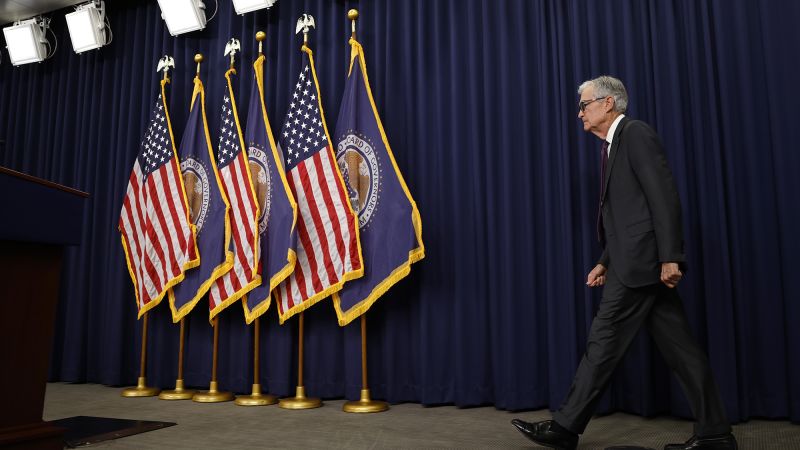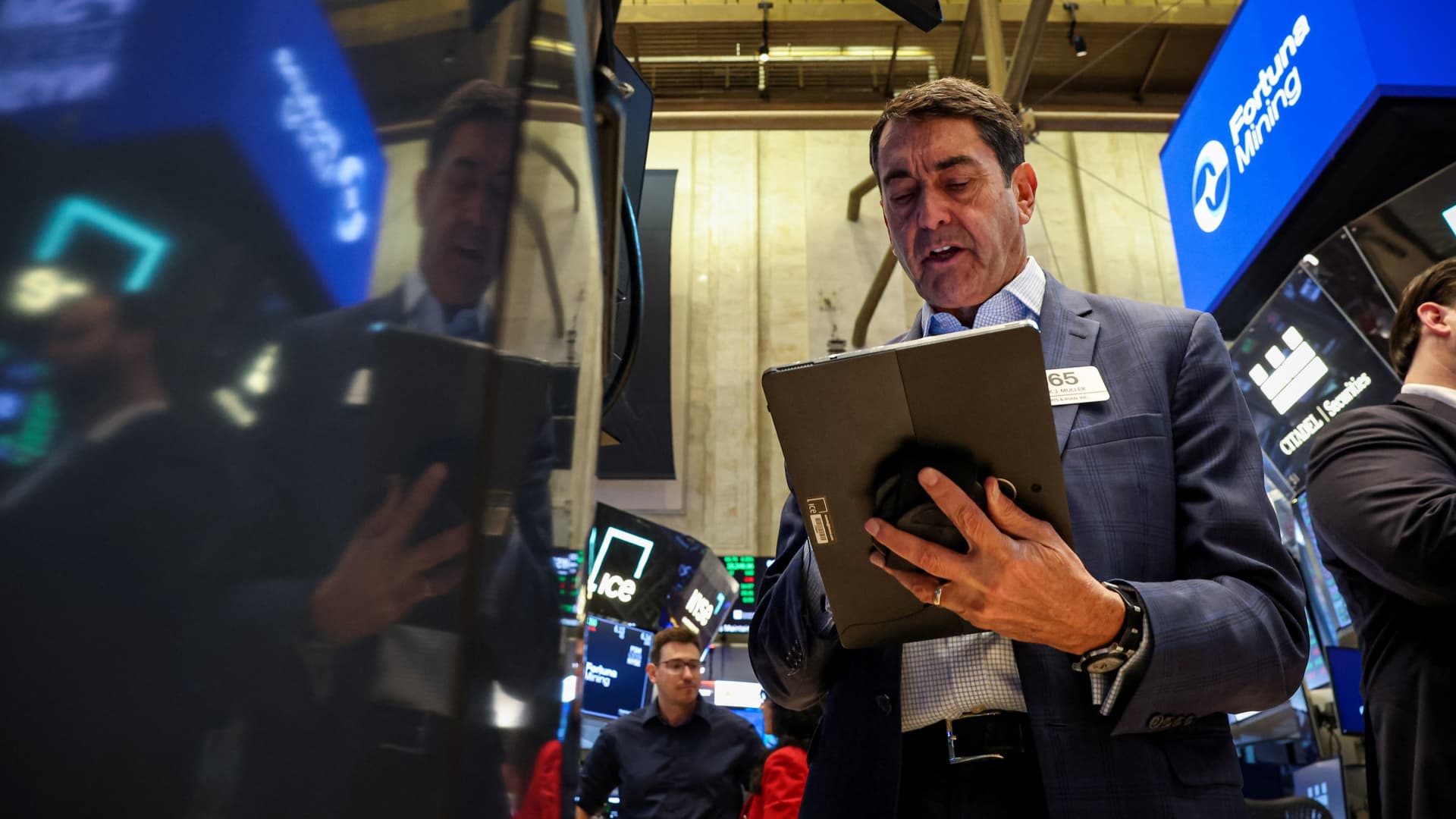
President Donald Trump’s wide-ranging economic plans are placing the Federal Reserve in a complex position as central bank officials begin a crucial two-day policy meeting this week. The Trump administration’s ambitious fiscal strategies—marked by major tax cuts, increased government spending, and a protectionist stance on trade—are forcing Fed policymakers to navigate an economic landscape that diverges sharply from recent decades of monetary stability and conservative fiscal management.
Fed officials are expected to assess how Trump’s policies could alter inflation forecasts, labor market behavior, and overall financial stability. Trump’s preference for lower interest rates and economic expansion at all costs contrasts with the Fed’s traditional emphasis on gradual rate hikes to prevent inflation and maintain long-term economic health.
The central bank faces a particularly tough balancing act: while the economy has exhibited robust growth and unemployment remains low, the fiscal stimulus under Trump has come at a time when such measures are typically scaled back, not amplified. This unconventional policy mix raises concerns about overheating the economy and limiting the Fed’s options should a downturn occur.
Analysts say the Fed’s response to Trump’s agenda could have long-lasting implications for how it manages inflation expectations and adjusts interest rates moving forward. The meeting this week is expected to provide direction on whether the Fed will hold steady on its current rate path or adjust its strategies to accommodate—or counterbalance—the president’s economic priorities.
Ultimately, the outcome of this policy meeting could serve as an early indicator of how independent the Fed will remain in navigating what may be a new era of economic policymaking in Washington.
Source: https:// – Courtesy of the original publisher.








